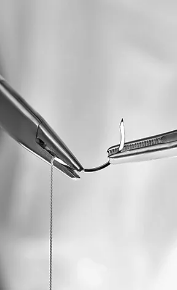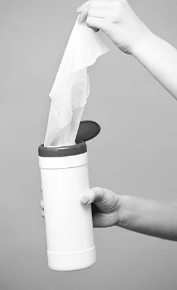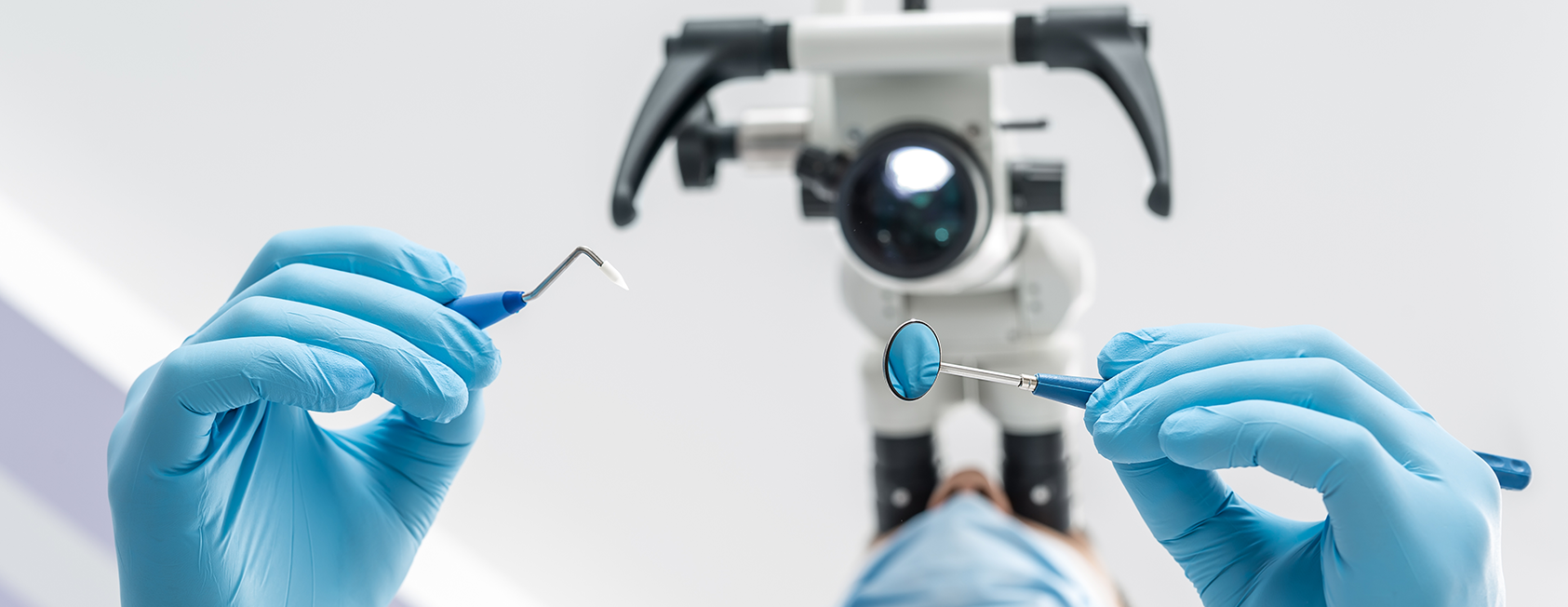Restorations continue to be one of the most common procedures performed in dentistry, and statistics have shown that an estimated 96% of Canadians have dealt with at least one cavity in their adult life. With our country going through inflation and rising costs for just about everything, we can likely expect a greater need for restorations in the near future with people eating a less healthy diet and visiting the dentist less for regular cleanings.
Bur Choice When Removing Zirconia Restorations
J Prosthodont2022, Francis L. Keeling et al
Zirconia crowns offer strength, durability, longevity, and high biocompatibility for patients. These are all great characteristics to have in a crown which is why Zirconia is gaining in popularity. Yet the risk always remains that the crown may need to one day be removed, then what? Cutting through these crowns will cause a lot of wear and tear on your instruments which is why it is important to choose wisely and efficiently to save yourself and your patients time and discomfort. How you choose to purchase burs for your office will of course play a role in what you choose but consider the following article that studied the efficiency of several burs and the benefits of the single-use bur in particular for achieving success in removing zirconia burs.
>> Click to access the article <<
The advantages of the dental operative microscope in restorative dentistry
Med Pharm Rep 2021 Marius Bud. et al
Having a clear and direct view of your field of treatment is vital in assessing the needs of your patients. Dental professionals face many challenges but working in a small dark area such as the mouth and attempting to locate the onset of caries or stains is probably one of the most trying aspects of dentistry. Unfortunately, even if you have perfect vision there are situations that require a more intense magnification for a better understanding of what you’re seeing. While dental loupes are the most common device for gaining magnification, it might be more prudent to consider a dental microscope. The following article will discuss the advantages of using a microscope verses the more common but less beneficial dental loupes.











